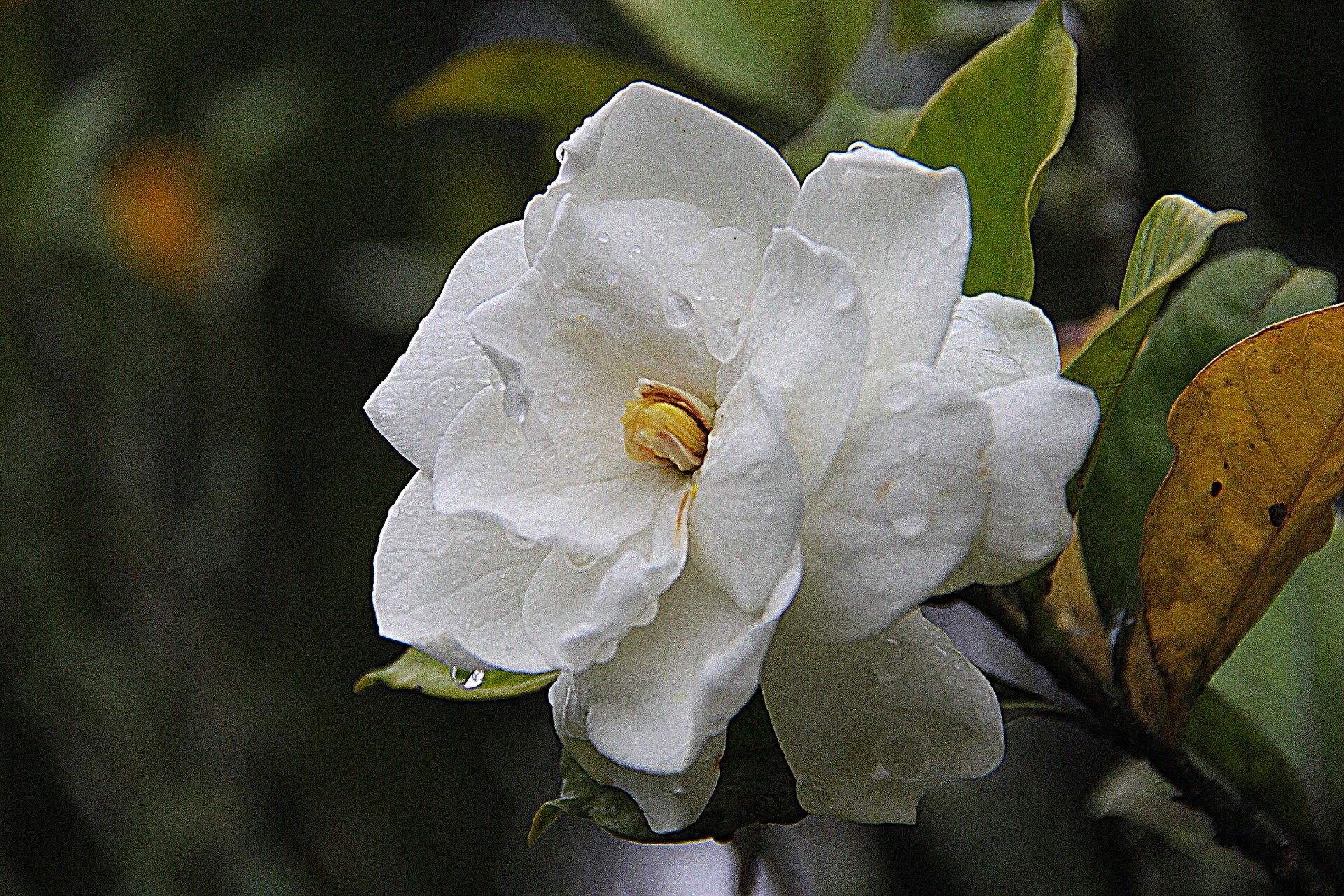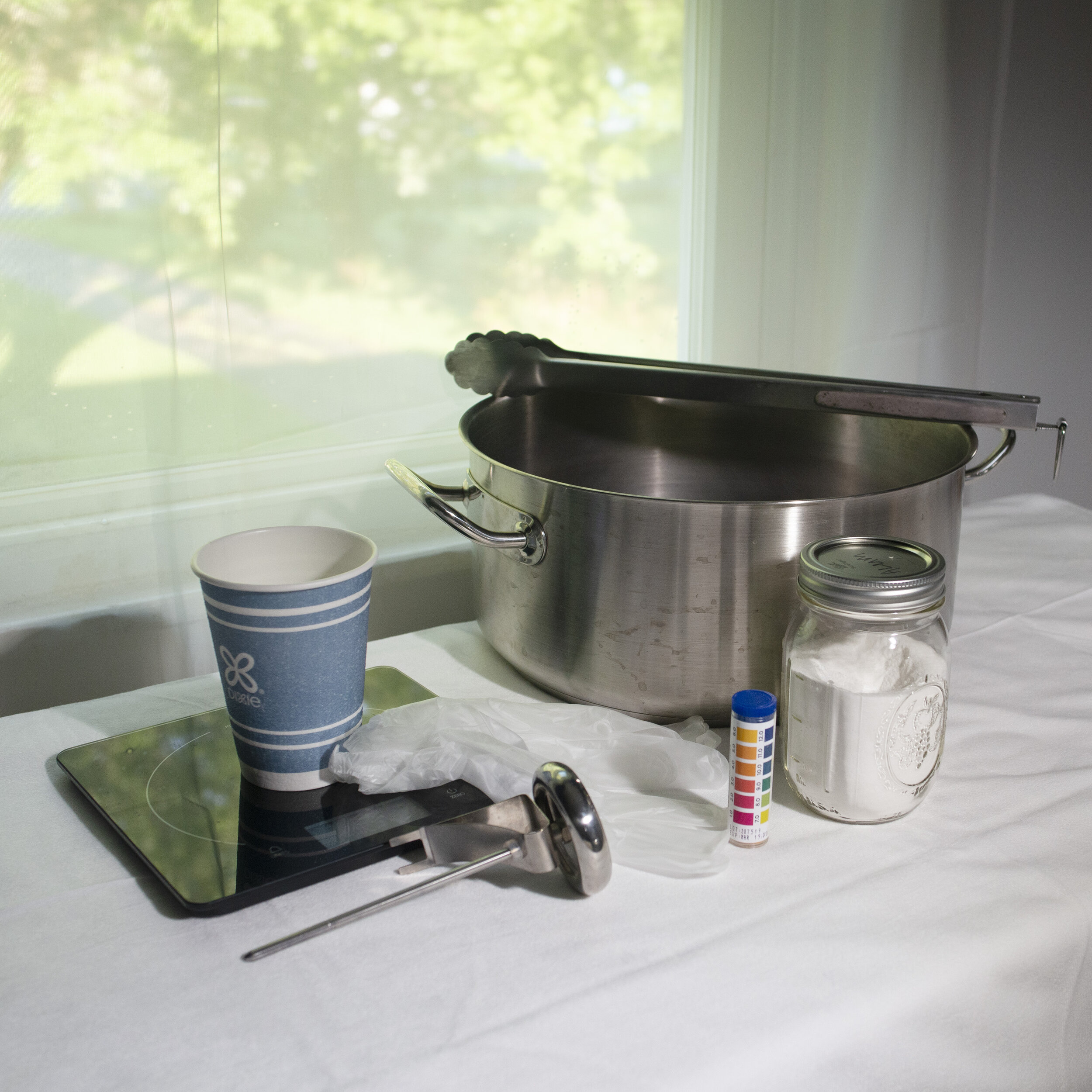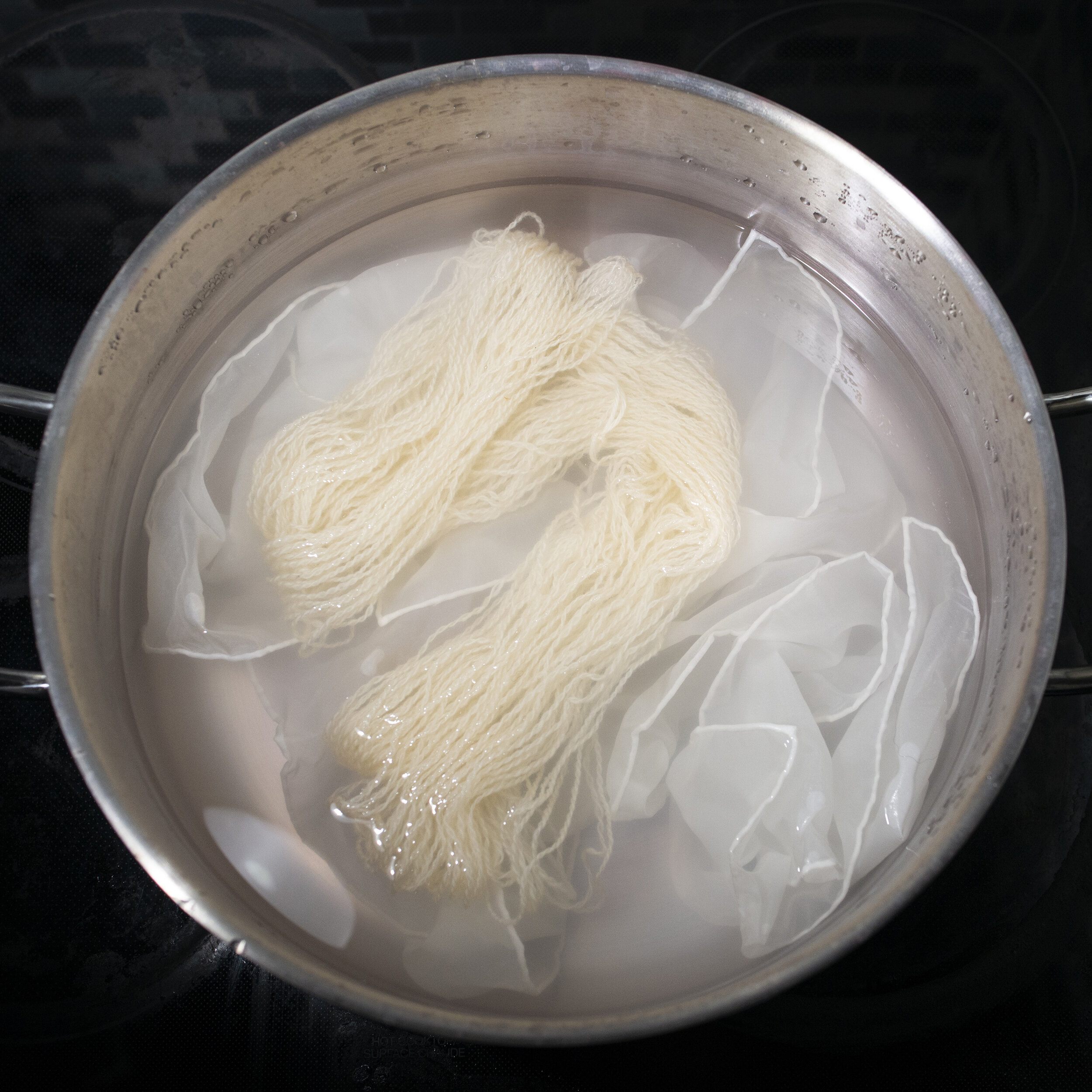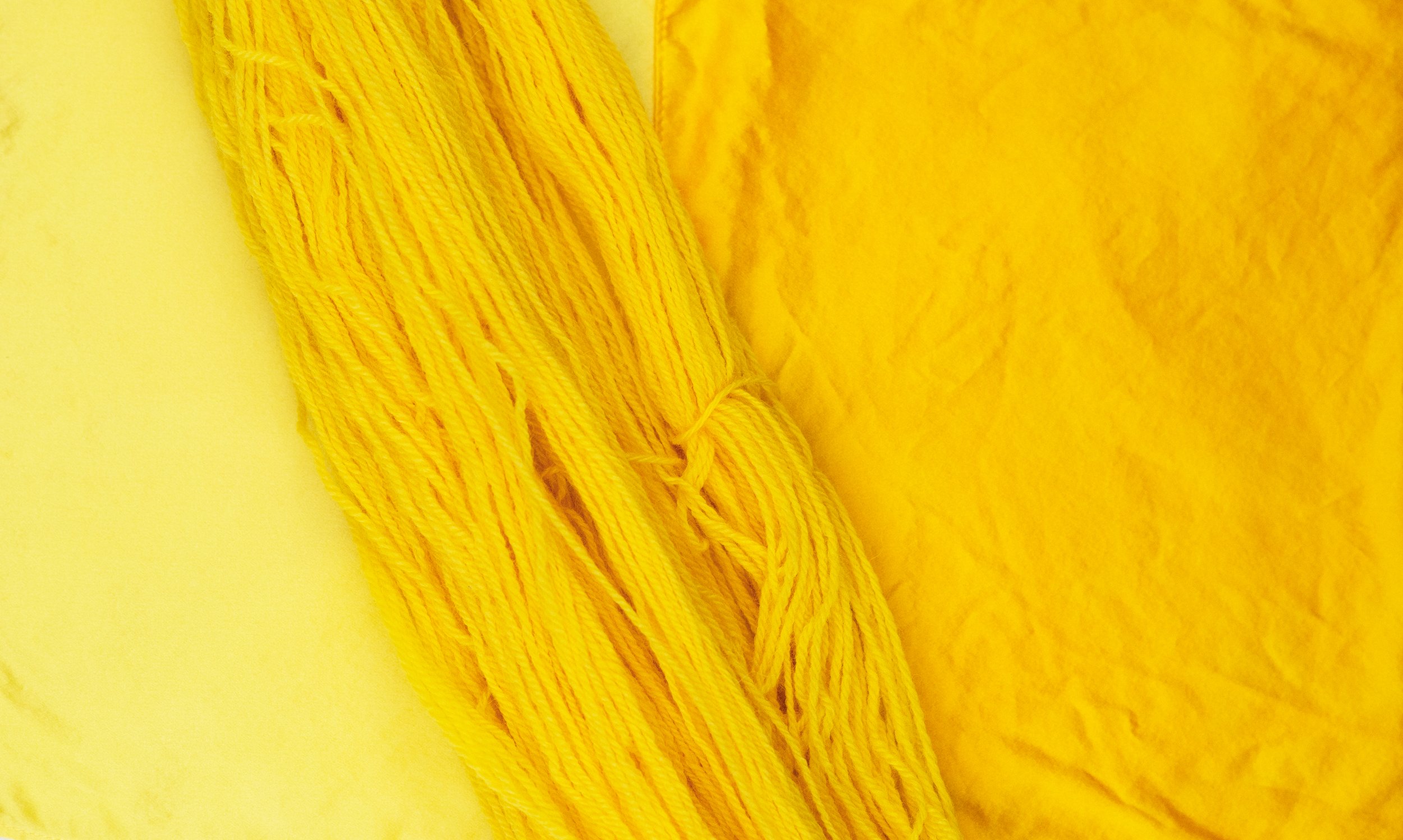
Gardenia Extract
A Guide to Gardenia Extract
Shepherd Textiles Gardenia Extract natural dye is made from the fruits and seeds of the cape jasmine, gardenia jasminoides. Gardenia seeds have been used for centuries as a natural dye in China, Korea, and Japan. They contain a powerful yellow pigment called crocin—the same dyestuff that gives saffron its color. Crocin has an exceptional affinity for silk, and gardenia seeds were one of the sources of the saffron-colored robes worn by Theravada monks in antiquity. Gardenia Extract also dyes wool and cotton, with or without a mordant. This is a strong, easy-to-use natural dye that is perfect for both beginners advanced dyers. Our Gardenia Extract is imported from South Korea, and give good yellows at 10% weight-of-fabric.
1. Background on Gardenia
The cape jasmine flower gardenia jasminoides is native to southern China, where it has been cultivated as a medicine and natural dye since the beginning of the Song dynasty (960-1279 C.E.) over a thousand years ago (Jarvis et al. 2014:80). Each flower contains a fruit—really a large seed with a thin orange covering—that is rich in dyestuffs and over a dozen biologically active compounds. Zhou’s Encyclopedia of Traditional Chinese Medicines (Zhou et al. 2011:452) records that the dried fruit is prescribed for fevers, jaundice, and melancholy, along with many kidney and liver disorders.
The main coloring compound in the fruit is a yellow pigment called crocin. Crocin is the same pigment that gives saffron stigmas their color, which means that gardenia seeds can reproduce the classic “saffron-colored silk” associated with monks’ robes at a fraction of the price of using real saffron. Gardenia seeds do not, however, contain the same aromatic compounds as saffron stigmas, so they are not interchangeable as a spice. Gardenia Extract contains highly concentrated crocin, which is substantive on all natural fibers - that is, it it will dye them even without a metal mordant, although the colors will be deeper if the fibers are premordanted with alum. Gardenia Extract gives bright sun yellows on wool, soft lemon shades on cotton, and fantastic bright yellow-golds on silk.
Our Gardenia Extract is imported from South Korea, where it is used both as a textile dye and as a colorant for cakes, ice cream, and yoghurt. It gives strong yellow shades at 10% weight-of-fabric, or a deep rich golden yellow on silk using up to 25%.
A Classic East Asian Dye
2. Safety Precautions
DO NOT INGEST. This product is intended for textile dyeing, not as an herbal supplement.
Avoid eye contact. If eye contact occurs, rinse with cool water.
Not for use as a cosmetic additive; do not apply directly to skin or hair.
Open carefully to avoid spilling or creating dust. Work in a well-ventilated space.
If a spill occurs, quickly wipe up with a paper towel or disposable rag.
Use only dye pots and utensils dedicated to dyeing. Do not use any pots, containers, spoons, tongs, thermometers, or other utensils that will be used for food preparation.
Gardenia Extract powder, and all dye baths and mordant liquors made while dyeing, should be kept out of reach of children and pets. Use only with adult supervision.
Shepherd Textiles, LLC is not liable for any misuse of this product or any unintended staining of your clothing, workspace, or other property. Use only as directed.
3. Recommended Supplies
Dye pot. Use a dye pot large enough to hold all your fibers, with plenty of room for them to move around and for the liquid to circulate freely.
Metal tongs. A pair of tongs is useful for stirring and taking fabric out. Use tongs dedicated to dyeing, and not for food preparation.
Rubber gloves. Wear rubber gloves while handling mordanted/dyed fiber before it has been rinsed.
Candy thermometer. The best way to keep track of temperature is to use a candy thermometer that clips to the side of the dye pot.
Scale. Use a scale to weigh out fiber, mordant, and dyestuff.
Alum mordant. The alum usually used for mordanting is aluminum potassium sulfate, also known as potash alum. It is the same alum that you can find in a jar in the spice section at the grocery store.
4. Preparation: Mordanting with Alum (Optional)
Gardenia Extract is substantive on all natural fibers; it will dye them without a mordant. However, the colors on cotton and silk will be deeper and richer if the fibers are first mordanted with alum (wool turns out more or less the same, with or without a mordant). If possible, soak your fibers in water for a few hours before mordanting, so that the mordant will penetrate deeply and evenly. Make sure to weigh the fibers first, while they are still dry.
For protein fibers (wool, silk, alpaca, etc.): Mordant with 10% WOF alum (and 11% WOF cream of tartar for wool).
Weigh out the fibers you plan to dye (while they are dry). Multiply that weight by 0.10 to get the amount of alum you will need (and 0.11 to get the amount of cream of tartar if mordanting wool).
Fill your dye pot with hot tap water, leaving enough room for the fiber.
Weigh out the correct amount of alum and pour it into the dye pot. Mix with a spoon or metal tongs until it has dissolved. If mordanting wool, add the cream of tartar as well.
Gently place your fibers into the mordanting solution.
Heat mordant bath to 180F and maintain heat for 1 hour. If you don’t have a candy thermometer, you will have to estimate the temperature. At 180F, steam vapor will be rising off the water but it will not be bubbling. If your mordant bath starts to bubble, turn down the heat.
Stir every 15 or 20 minutes to make sure fibers mordant evenly. If they do not, the dye will take better in some places than others.
After an hour, remove from heat and let cool to room temperature. Once cool, you can immediately proceed to rinsing, or you can leave the fibers to steep overnight in the mordant bath. This can dramatically improve results, especially when dyeing thick or tightly woven fabrics.
When ready to rinse, put on rubber gloves and gently squeeze excess mordant solution back into the pot. Rinse fibers briefly in lukewarm water. The fiber does not need to be thoroughly washed, but any excess mordant should be rinsed out. Set aside until ready to dye. Keep out of reach of children and pets.
Dispose of mordant solution according to local guidelines.
For cellulose fibers (cotton, linen, etc.): Scour well and treat with a tannin before mordanting.
Gardenia Extract will give pale lemon shades on cotton, even cotton that has not been pre-treated in any way. For darker shades, cotton should be tanned and mordanted before dyeing.
Scour cellulose fibers well. Traditionally this is done in a highly alkaline soda ash solution. Add 2 tsp of soda ash and 1 drop of dish soap to a 5-gallon dye pot. Add cellulose fibers and heat to 180F-190F for an hour, stirring occasionally. Remove from heat, and when cool enough to handle, rinse and wring out well.
Tan the cotton: fill your dye pot with just enough hot water for the fibers to move around freely and dissolve 10% WOF Sumac Extract into the water. Add your scoured cotton, raise the temperature to 200F, and maintain for one hour. Remove from heat and allow to cool. For best results, steep overnight. This process will make the cotton or linen more receptive to mordants. Afterwards, wring out the cotton but do not rinse it.
Mordant with alum as described above, but omit the cream of tartar and add 2% soda ash - this will convert the alum to a more basic form that bonds more easily with cotton. Alternatively, use 10% aluminum lactate instead.
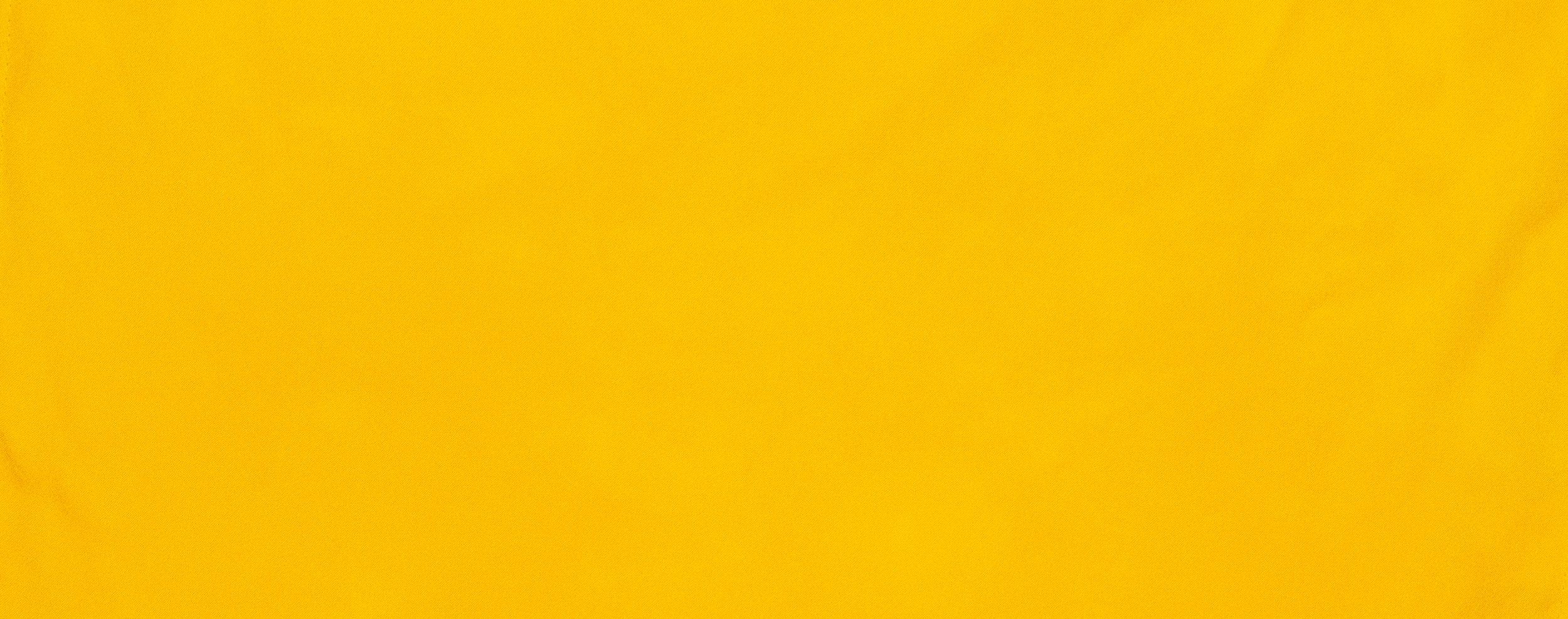
The Recipes
5. Recipe: Saffron Yellow
The crocin in Gardenia Extract is the same pigment found in saffron, and it gives a warm yellow on fibers mordanted with alum. At 10% weight-of-fabric it will produce bright yellow shades. On silk, increase the concentration to 25% or so (depending on the thickness of the silk) to get an excellent, intense golden yellow - pictures hardly do it justice.
Fill your dye pot with warm water.
[Optional] - Adjust the pH to between 6 and 7 with cream of tartar. Gardenia Extract gives the best results in a slightly acidic dye bath. If you don’t have pH strips, just leave as is - most tap water is fairly close to pH 7.
Weigh out 10% weight-of-fabric of Gardenia Extract powder for wool and cotton, or 20-25% for silk (very thin silk will require more dye than thicker weights of silk in order to get the same depth of color).
Add the Gardenia Extract to the dyebath and mix well. It will turn a dark orange.
Add fibers pre-mordanted with alum.
Heat the dyebath to 180F for silk or 190-200F for wool or cotton. Maintain the heat for 90 minutes, stirring occasionally to make sure all the fibers dye evenly. After 90 minutes, turn off the heat and allow to cool to room temperature.
When cool, remove the fibers and rinse briefly in lukewarm water. You can either proceed immediately to rinsing with detergent, or hang the fabric up to dry first to help the color set. Make sure to hang it up in the shade somewhere where dripping dye will cause no damage. Direct sunlight may fade the color before it has had time set.
For final rinsing, we recommend using a PH-neutral detergent like Synthrapol, it is designed to wash out loose dye. Follow the manufacturer’s directions for best results. CAUTION: Gardenia Extract will bleed if not thoroughly rinsed out after dyeing.
Hang up to dry out of direct sunlight.
6. Recipe: Natural Yellow
Gardenia Extract will dye natural fibers without a mordant, although the results will be more pale - except on wool, which turns out basically the same shade of bright yellow either way. This recipe uses 10% WOF, although it might be possible to get slightly darker shades of yellow by using a little more.
Fill your dye pot with warm water.
[Optional] - Adjust the pH to between 6 and 7 with cream of tartar. Gardenia Extract gives the best results in a slightly acidic dye bath. If you don’t have pH strips, just leave as is - most tap water is fairly close to pH 7.
Weigh out 10% weight-of-fabric (WOF) of Gardenia Extract powder. Add the Gardenia Extract to the dyebath and mix well. It will turn a dark orange.
Add unmordanted (but scoured and wetted) fibers to the dye bath.
Heat the dyebath to 180F for silk or 190-200F for wool or cotton. Maintain the heat for 90 minutes, stirring occasionally to make sure all the fibers dye evenly. After 90 minutes, turn off the heat and allow to cool to room temperature.
When cool, remove the fibers and rinse briefly in lukewarm water. You can either proceed immediately to rinsing with detergent, or hang the fabric up to dry first to help the color set. Make sure to hang it up in the shade somewhere where dripping dye will cause no damage. Direct sunlight may fade the color before it has had time set.
For final rinsing, we recommend using a PH-neutral detergent like Synthrapol, it is designed to wash out loose dye. Follow the manufacturer’s directions for best results. CAUTION: Gardenia Extract will bleed if not thoroughly rinsed out after dyeing.
Hang up to dry out of direct sunlight.
All images and text are copyright of Shepherd Textiles, LLC. Do not reproduce without written permission and attribution.



